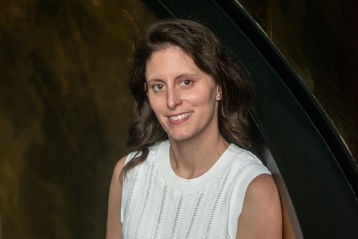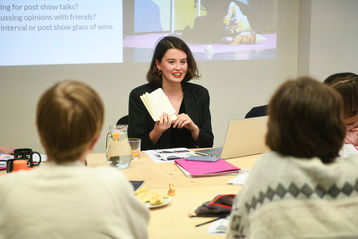“Friendship is a foundational part of criticism,” interview with Anette Therese Pettersen
I met Anette Therese Pettersen this spring at the international seminar Dance Criticism in a European Context, which Taneční aktuality organised with the Czech Dance Platform. Anette was a participant and a foreign lecturer in one of the three seminars where we shared our professional experience in dance and interdisciplinary criticism. She has been part of several long-term projects with this focus. She has been involved in profiling Norwegian theatre criticism and the challenges of performing arts criticism in general for more than a decade. I approached her for an interview because I was intrigued by the amount of knowledge she had in terms of international collaboration and experimentation with the language of dance and theatre criticism.
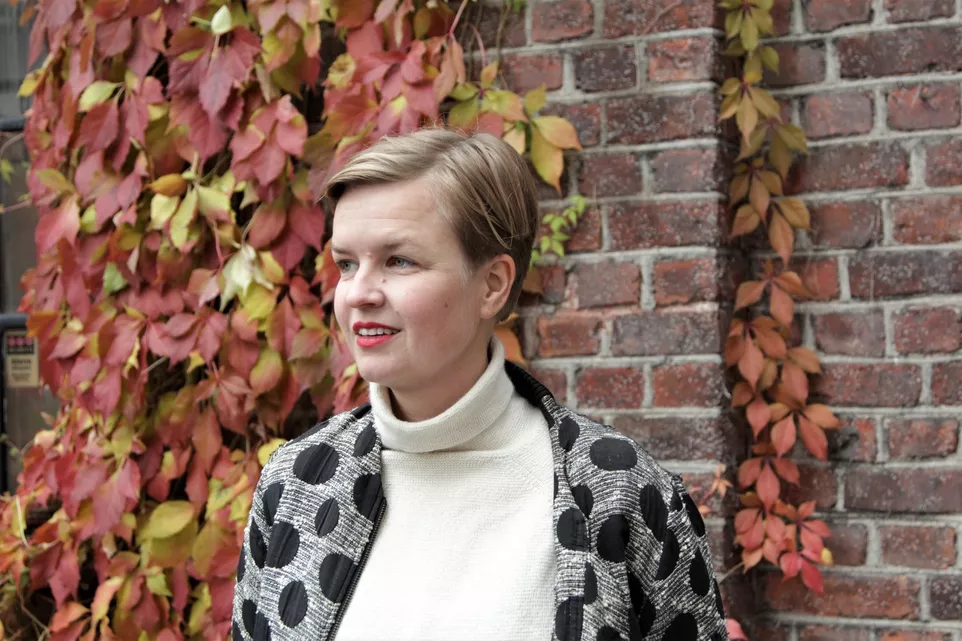
Anette Therese Pettersen.
Which areas of dance and theatre (or art) do you specialize in with your critical writing?
I mostly write about contemporary dance and theatre and am especially interested in scenography and how movements relate to space.
How would you describe your position within Norwegian theatre criticism? How often do you write? And for what kind of readership?
I have been a theatre and dance critic since 2005 and have written for several daily papers. I currently write for a weekly paper, as well as for periodicals. At the moment I write a bit less, as I am in the process of finishing a PhD, but I usually write about 70 texts a year – a combination of short and longer pieces of criticism, essays and articles – as well as being part of a podcast. Seeing as I don’t write for the commercial media or the biggest newspaper, my guess is that my main readers are already interested in theatre and dance, or at least somewhat culturally oriented.
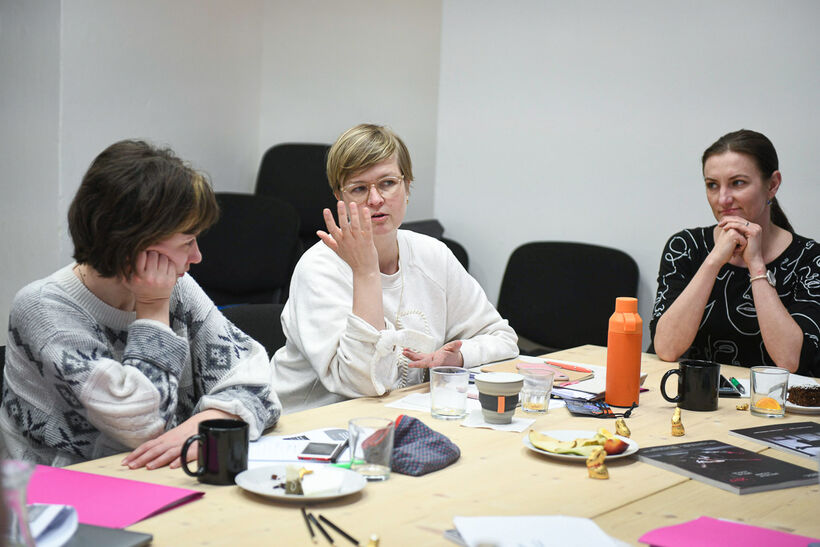.jpg)
I read on your website that you are one of the co-founders of Writingshop, an ‘international project exploring contemporary art criticism's processes and politics’. Could you tell us a bit more about this? What is the motivation for taking part in this project? Not just for Diana Damian Martin, Sergio Lo Gatto and Karl Svantesson, but specifically why the project is important to you.
Writingshop consists of four critics, who all met through a European project called SPACE and their programme Writers on the Move, which assembled 19 or 20 critics from all over Europe back in 2011. We started Writingshop to explore ways of writing and practising as critics, but the project soon developed into a project that is founded in and explores the role of friendship.
The four of us live in different countries; Diana is from Romania and lives in England, Sergio lives in Italy, Karl is in Sweden, and I’m in Norway. Each country has its own discourse and structure for criticism and performing arts and meeting regularly over the years gives us an insight into how the fields are developing outside of our own context. Our respective critical practices have evolved over the years, partly due to our interests but also in accordance with theopportunities our respective countries and contexts can provide.
Over the years, we have had residencies at various places and festivals, where we read, discuss, and explore ways of writing together. As friends, we can push each other; we have known each other through different stages of our lives, we trust one another and can also, therefore, revisit issues and have discussions that last years. There is something about having the opportunity to change or develop your opinions that can occur in friendships such as this. I have several criticism projects, such as Critics in Conversation (also with Diana Damian Martin) and Performing Criticism Globally (with Hild Borchgrevink, Geir Lindahl, and Runa Borch Skolseg), where friendship is a foundational part of all of them. For most people, art, especially theatre and dance, is something you experience with friends or family. As a critic, I find it very valuable to have friendships that I actively engage in along with and as part of my critical practice.
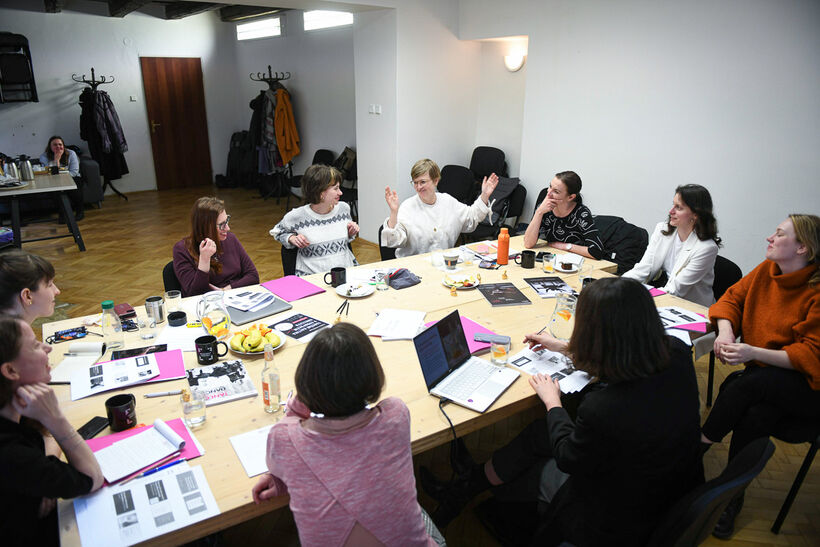.jpg)
Which modes of critical writing are close to your heart and why? At the Prague workshop Dance Criticism in a European Context, where we met, I understood that you are interested in traditional theatre criticism and experimenting with its formats simultaneously.
I am interested in what criticism can be – not just in my own writing but in general. For me, criticism is a way to keep thinking about the art, to maintain a kind of dialogue with the performances that I see – but it is also a way of inviting other people, places, and art forms into the conversation, so to speak. When I write, I try to allow other books, performances, conversations etc. that I find interesting to join the conversation that I am trying to have with or alongside the performance. This is the starting point of my text.
How has your work as a theatre critic developed?
It’s quite hard to say. I started writing about theatre and dance while doing an MA in theatre studies and criticism was a way of linking what I saw with what I knew about performance history and theory. But I think I was more set on being ‘right’ when I started, attempting to understand what the artist was trying to do and judge it on those terms than I am now. I still think it’s essential to try to understand what the artist is striving to achieve with their work, but I am also more aware of how pieces can be understood in different ways and how the context and the critic are part of that production of meaning.
What did you cover in your workshop session in Prague, which you led as a part of Dance criticism in a European context? What ideas and experiences did you share with the participants?
The workshop consisted of three parts, led by three different dance critics, and my part was the last of these three. I had structured the workshop in advance with excerpts and examples from critical theory and practices to invite a conversation about different ways of defining and/or practising criticism. I wrote an essay after the workshop that tried to sum up some of the content from my part of the workshop, which in short, is an appeal for critics to be part of defining what criticism is or what it can be. To ‘be the frame’, to quote Dodie Bellamy.
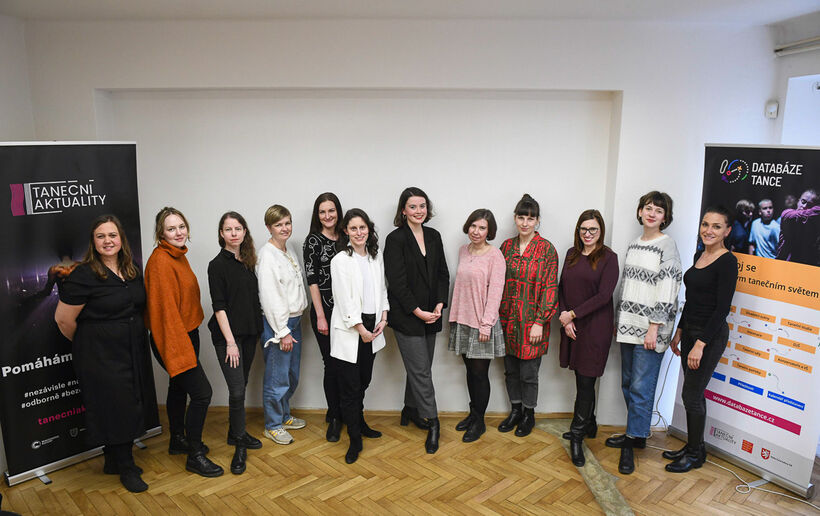.jpg)
What artistic (rather than, say financial) problems does contemporary art (especially dance) criticism face in your context?
The most obvious problem is the lack of dance discourse in general, of which dance writing or criticism is usually a part. Especially if you write reviews for commercial or mainstream media, you depend on some kind of current discourse and shared references to link the performance that you are writing about to other performances or to dance in general. If you write about film, television, books or music, you can usually rely on the reader at least having a base level of sharedreferences. This is often not the case with dance, which means you have the issue of juggling between describing a performance, giving it some context, and trying to piece it together with your reflections. Often within a very limited word count.
Another issue with the review as a format is that it tends to be very oriented towards rating or somehow deciding whether the performance is good. This is easier when you write about performances that very clearly relate to established quality standards, whereas much of, for instance, contemporary dance deliberately moves away from these. I think it’s essential that criticism (both independent and criticism in general) can develop in terms of the styles, genres and formats used in direct relation to and alongside the dance with which it is in dialogue.
Are you currently working on any art criticism experiments yourself? What are you striving for in your practice right now? Do you have a vision?
I am currently in the process of finishing a Ph.D. where I write about criticism and, more specifically, what criticism can be for young people who experience (professional) performing arts as a part of their school education. As a part of my research, I have designed and conducted a series of workshops with such young people and I am amazed at how creative they are in their responses. I’m not sure I would call it a vision, but I think there is huge potential to develop criticism into forms that relate to both critics and the dance field itself.
Anette Therese Pettersen (NO) is a performing arts critic, curator, editor and writer, and currently a Ph.D. research candidate at the University of Agder and Kulturtanken. She has an MA in theatre research from the University of Oslo and writes reviews for Morgenbladet, Scenekunst.no, and Norsk Shakespearetidsskrift. She has worked as a performing arts producer and still collaborates with choreographer Henriette Pedersen. She is one of the co-founders of Writingshop, Critics in Conversation, and Performing Criticism Globally.
Editor's note: This text was written as part of the Dance Criticism in a European Context project. The project was supported by the European Union and the Ministry of Culture through the National Recovery Plan.




.jpg)
.jpg)
.jpg)
